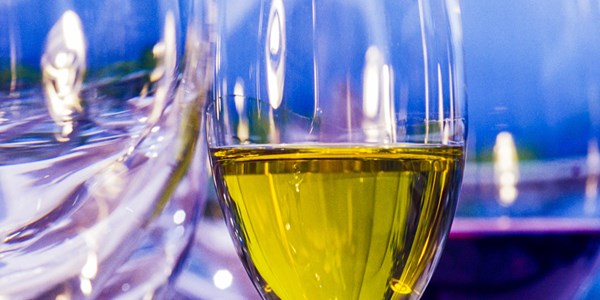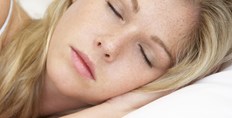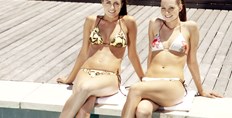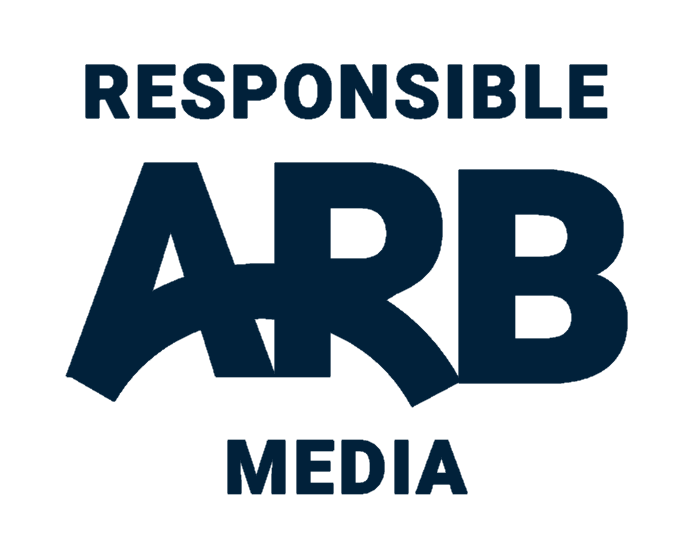Healthy Living
Wine is more alcoholic than you think─── 12:30 Wed, 30 Dec 2015

Wines are often more alcoholic than their label claims, reveals a new study.
If you’re thinking about driving this New Year’s Eve, think carefully before having even one small glass of wine. According to a new study, the tipple is often more alcoholic than the label claims, potentially taking someone over the drink-drive limit without realising.
American researchers carried out tests on 127,000 wines and found the alcohol content to be higher in 60 per cent of them – with Chilean, Argentinian and Spanish reds the worst offenders.
The average alcohol content for Chilean reds sampled was 13.8 per cent, while 13.5 per cent was advertised. Argentinian wines averaged at 13.9 per cent, but advertised 13.6. Meanwhile Spanish reds claimed to contain 13.4 per cent alcohol but averaged at 13.6.
Some winemakers seemed aware of the situation, admitting they adjusted labels to meet expectations of drinkers. While it might seem an insignificant tweak, it could have disastrous consequences.
“Even errors of this magnitude could lead consumers to underestimate the amount of alcohol they have consumed in ways that could have some consequences for their health and driving safety,” lead author, Professor Julian Alston of the University of California in Davis, said.
“Napa Valley Cabernet might be expected to have alcohol content within the range of 13.5–14.5 per cent alcohol by volume, and an average error of 0.4 percentage points is large in the context of this range.”
The percentage of weaker wines is often bumped up, while stronger wines are lowered to fit in with drinkers’ expectations. According to research, consumers prefer to see a percentage between 12 and 14 on a label.
“Wineries may have incentives to deliberately distort the information because they perceive a market preference for a particular range… or for other reasons such as tax avoidance,” the researchers added.
Remember: they only way to be 100 per cent certain you haven’t exceeded the drink-drive level is to stick to soft drinks. And if you do fancy a tipple this New Year’s, let someone else do the driving.
© Cover Media














